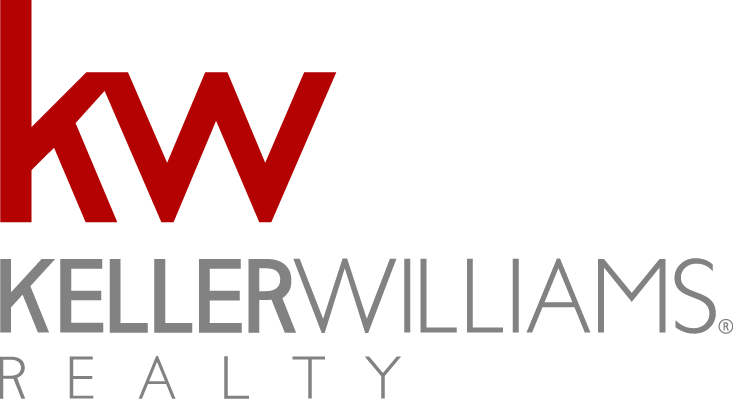Sell faster and for more money
Having sold over 1,000 homes in Houston, we’ve developed the Best Houston Listing Platform so you get the most money in the least amount of time.
Avoid costly buying mistakes
We believe your home is an investment – both in the life you want to lead and also to help you generate long term wealth. Learn which homes NOT to buy.





